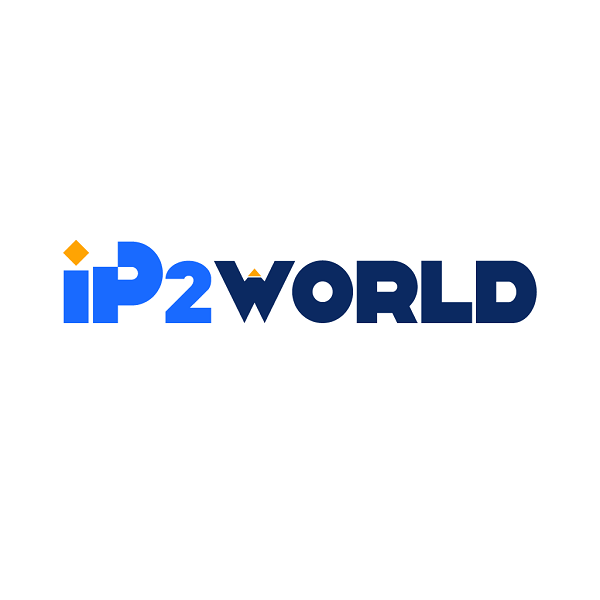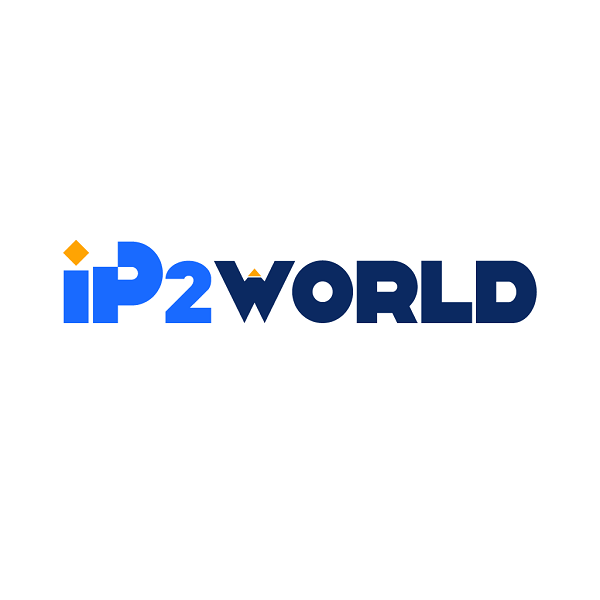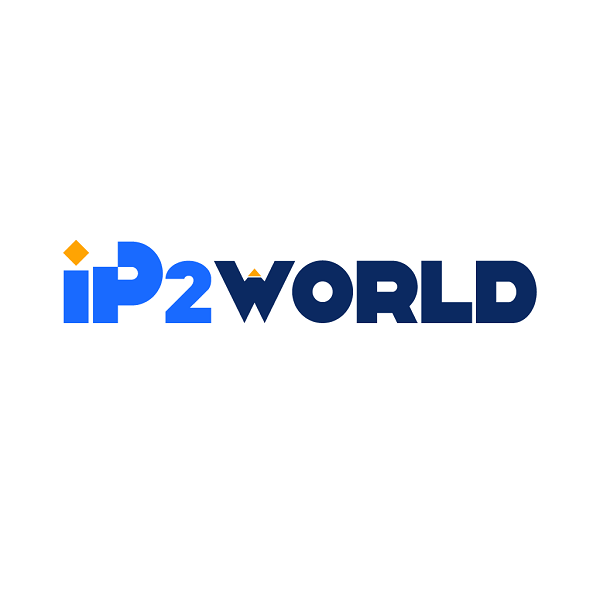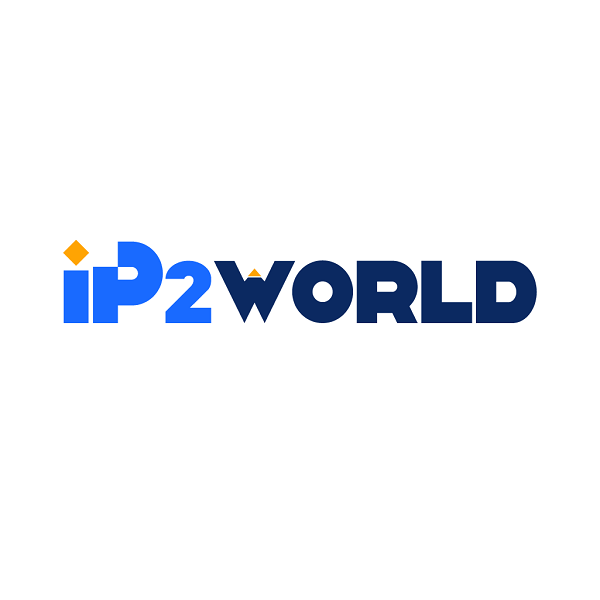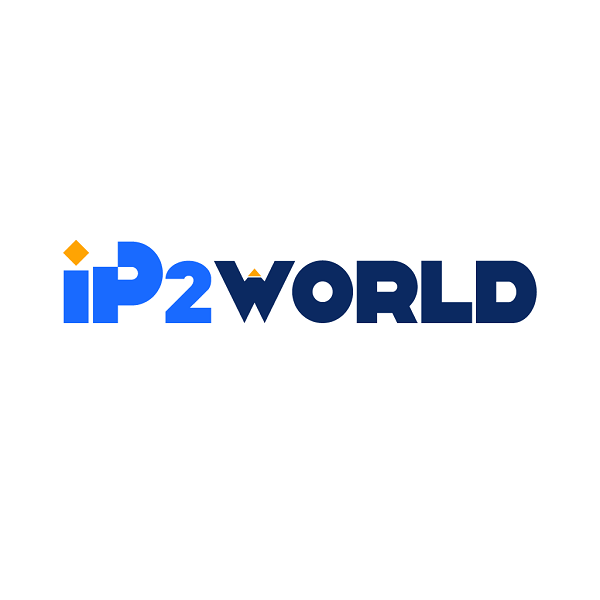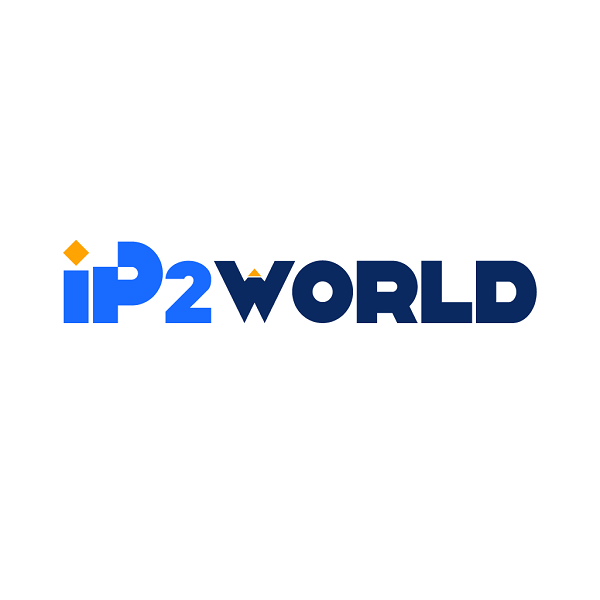In today's digital age, the use of proxy servers is becoming more and more common. Through proxy servers, users can hide their real IP addresses, protect personal privacy, and optimize network access speed. For many people, knowing how to set up a proxy server address IP is an important step to improve network security. This article will explain in detail how to set up a proxy server address IP, suitable for users of different operating systems, and introduce the advantages of the IP2world brand.1. Basic concepts of proxy serversA proxy server is an intermediary server through which users access the Internet. The proxy server receives the user's request, forwards it to the target website, and then passes the returned data to the user. In this way, the user's real IP address is hidden, thereby improving the security and anonymity of Internet access.1.1 Types of proxy serversBefore setting up a proxy server, it is very important to understand the different types of proxies:- HTTP proxy: Mainly used for web browsing, suitable for processing HTTP requests.- HTTPS proxy: Supports encrypted connections, suitable for scenarios that require secure transmission.- SOCKS proxy: More powerful, supports multiple protocols, suitable for a variety of application scenarios.2. Steps to set up the proxy server address IPThe process of setting up the proxy server address IP varies depending on the operating system. Here are the specific steps for Windows, macOS, and Linux systems.2.1 Windows system settings1. Open network settings:- Click the "Start" menu and select "Settings".- Go to the "Network and Internet" option.2. Select network type:- Depending on your network connection type (Wi-Fi or Ethernet), click the corresponding option.3. Access proxy settings:- In the left menu, select "Proxy".- In the "Manual proxy settings" section, turn on the "Use proxy server" switch.4. Enter the proxy server address and port:- Enter your proxy server IP address in the "Address" box.- Enter the corresponding port number in the "Port" box.5. Save settings:- Click the "Save" button to complete the settings.2.2 macOS system settings1. Open System Preferences:- Click the Apple icon in the upper left corner of the screen and select "System Preferences".2. Select Network:- In System Preferences, click the "Network" option.3. Select Network Connection:- Select the network connection you are currently using (such as Wi-Fi or Ethernet) in the list on the left.4. Access Proxy Settings:- Click the "Advanced" button and select the "Proxy" tab.5. Configure the proxy server:- Check "Web Proxy (HTTP)" and "Secure Web Proxy (HTTPS)".- Enter the proxy server's IP address and port in the corresponding boxes.6. Save settings:- Click "OK" and then "Apply" to save the changes.2.3 Linux system settings1. Open terminal:- In Linux system, open the terminal.2. Edit network configuration file:- Edit the network configuration file using the following command:```bashsudo nano /etc/network/interfaces```3. Add proxy settings:- Add the following line in the file:```iface eth0 inet staticaddress [your IP address]netmask [subnet mask]gateway [gateway address]dns-nameservers [DNS server]post-up export http_proxy=http://[proxy IP]:[port]post-up export https_proxy=https://[proxy IP]:[port]```4. Save and exit:- Save the changes and exit the editor.5. Restart network service:- Use the following command to restart network service:```bashsudo systemctl restart networking```3. Test proxy server settingsAfter the settings are completed, you need to test whether the proxy server is working properly. You can visit some IP detection websites to check whether the proxy IP address set for you is displayed. If the proxy IP is displayed, it means that the setting is successful.4. NotesWhen setting up a proxy server, you need to pay attention to the following points:- Choose a reliable proxy service: Use services from well-known brands such as IP2world to ensure the stability and security of the proxy IP.- Change proxy IP regularly: In order to improve security, it is recommended to change the proxy IP regularly to avoid being blocked by the target website.- Pay attention to network speed: Some proxy IPs may affect network speed, and it is very important to choose a fast proxy IP.5. Advantages of using IP2worldChoosing IP2world as your proxy IP service provider, you will enjoy the following advantages:- Rich proxy IP resources: IP2world has a large number of proxy IPs to meet the needs of different users.- High anonymity: The proxy IP provided by IP2world has high anonymity and can effectively protect the privacy of users.- High-quality customer service: IP2world provides professional technical support to help users solve problems during the setup process.6. SummarySetting the proxy server address IP is an important step to improve network security and privacy protection. By following the above steps, users can effectively hide their real IP address and ensure Internet security. At the same time, choosing professional services such as IP2world can ensure the stability and speed of the proxy IP. I hope this article can provide you with practical help, so that you can surf the Internet more safely and freely.
2024-11-11
